We chose to analyze Lululemon Athletica for the marketing plan assignments for a number of reasons. Firstly, we were very fortunate to have a team member who worked for Lululemon’s corporate office last summer. We also reasoned that Lululemon was a publicly traded company, which meant that there would be plenty of online resources available for research purposes. We believed that it was a very unique company and liked the fact that it was founded in Vancouver.
In the first assignment, our team really focused on productivity to complete the Situation Analysis and SWOT assignment. Our meetings were definitely effective, but we were not entirely cohesive as a group yet. Perhaps we should have met as a team outside of the school context, because I strongly believe that effective communication comes from being comfortable with each other. However, we spent hours polishing our first assignment and I was very proud of the end product we delivered.
Our experience with the second assignment was very straightforward. We discussed our consumer segments and divided the work accordingly. Everyone delivered high quality work, despite the fact that everyone was busy during reading break. Compared to the first assignment, a lot less revision was required. I think this assignment set the standard for our group expectations.
For assignment 3, we were extremely fortunate to have a team member that had excellent visual media skills. This team member also had video editing software on his computer, which meant that we were able to complete the assignment independently. This saved us a huge amount of time, especially since the media lab in the CLC was getting consistently busier as the due date loomed. Our strategy for the video was to use clips already available on youtube, because this looked more professional and less awkward than filming ourselves. By this time, we were extremely cohesive as a group, and we were comfortable giving constructive feedback.
Overall, this was one of my best experiences in terms of group projects. Everyone was extremely willing to meet on a consistent basis, so that we never left assignments to the last minute. I would work with this team on another project in a heartbeat!
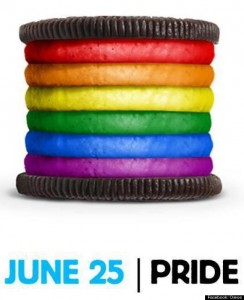
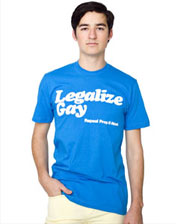

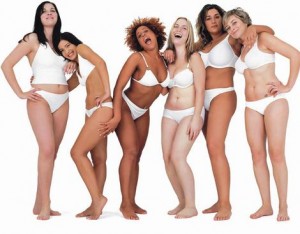

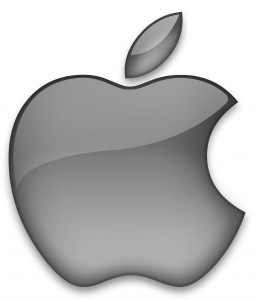

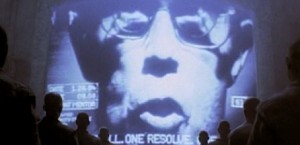

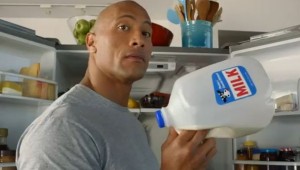
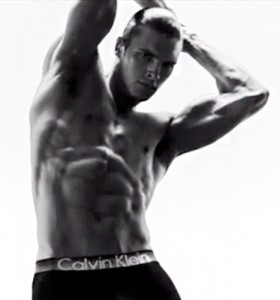

Recent Comments